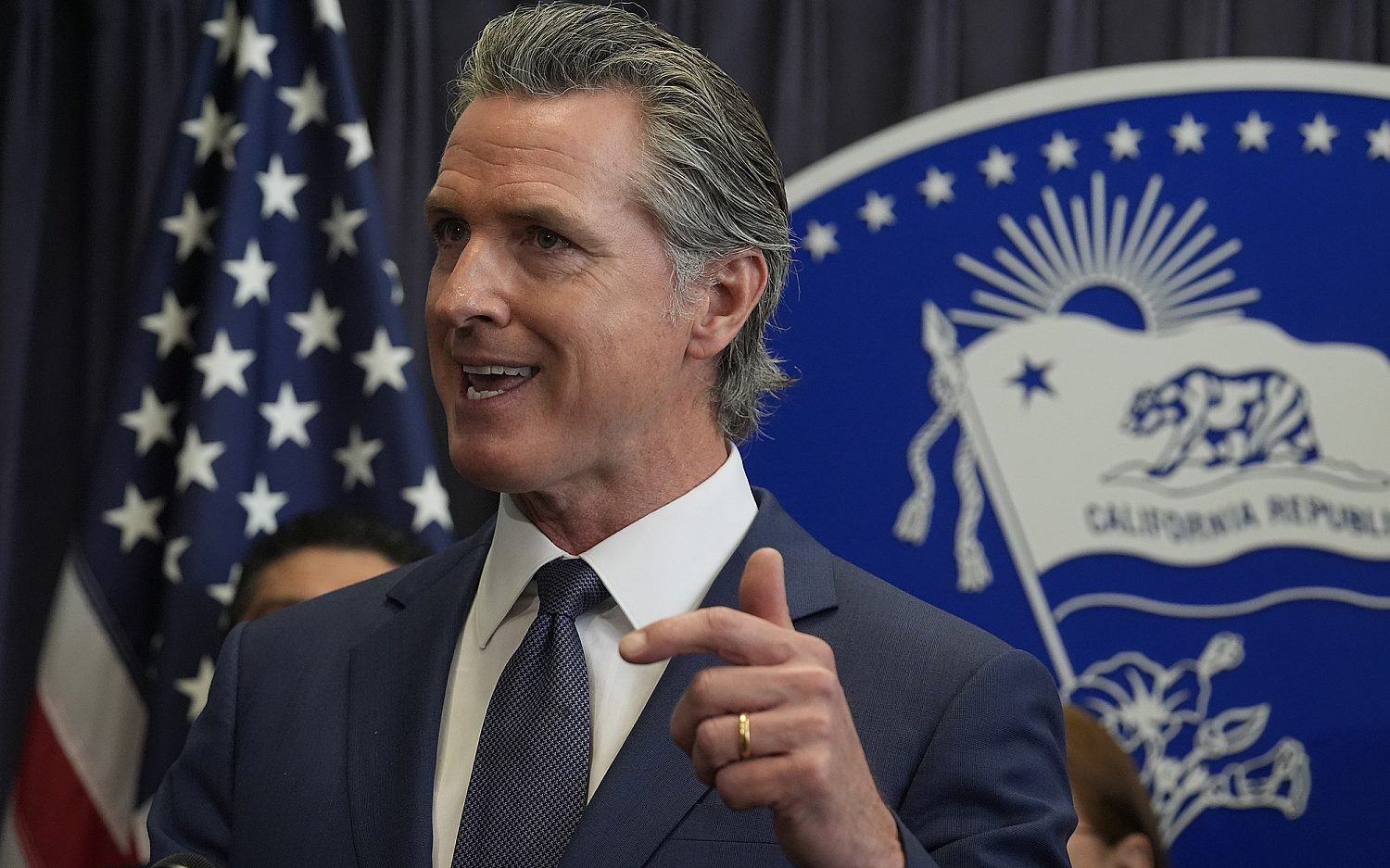Family docs: Lung cancer screening advice is a bad prescription
Last week, the American Academy of Family Physicians (AAFP) broke ranks with a federal task force and other medical organizations by rejecting a new recommendation for annual CT lung cancer screenings for heavy smokers. The AAFP cites insufficient evidence, cost, and risk to patients as concerns.
In December, the U.S. Preventative Services Task Force (USPSTF) recommended annual CT screening of patients at high risk for lung cancer. Heavy smokers, defined as having smoked the equivalent of one pack a day for 30 years, would begin annual, low dose CT (LDCT) at age 55 unless they had kicked the habit for at least the prior 15 years.
Thirty-seven percent of adults are current or former smokers and USTSFP estimates that as many as 10 million people could qualify to be screened. By their estimates, CT screening could prevent as many as 20,000 lung cancer deaths per year––U.S. lung cancer deaths currently total 160,000 per year.
Groups like American Cancer Society, the American College of Radiology, the American College of Chest Physicians, and the American Society of Clinical Oncology support the recommendation. So why would family physicians want to drag their feet? In an article on the group’s website, Dr. Doug Campos-Outcalt, the AAFP liaison to the task force, said three European studies were not included in the analysis leading to the recommendation. “When you do that, the benefits of this [screening] are not as striking,” he wrote. He also noted concerns about being able to bring the results obtained in some of America’s best hospitals down to the community hospital level.
The risks involved when millions are annually scanned with X-rays is real––one radiation induced lung cancer for every 24 lung cancer deaths prevented. For patients who show something suspicious on the CT scan, follow-up full-dose scans, bronchoscopes, biopsies, and surgeries carry increased risk. For every six lives saved in the large national lung screening trial, one person died from complications of their follow-up procedures or surgery. Even patient travel for screening and follow-up creates additional risk.
“The AAFP felt that it was not possible to do a harms-benefits analysis,” Campos-Outcalt said. “So although it may come across as a no-brainer––the screening saves lives, it’s free and so forth–it’s just not that simple.”
But free to patients isn’t really free. Obamacare plans are required to cover screening tests recommended by the task force with no copay and no deductible. A cost analysis by the Fred Hutchinson Cancer Research center projects LDCT screening will add “$1.3 to $2 billion in annual national health care expenditures … the additional cost of screening to avoid one lung cancer death is $240,000.”
Family physicians’ influence on patient decisions will likely slow, but not stop, the implementation of LDCT lung cancer screening. Aside from smoking cessation, no better alternative currently exists to prevent lung cancer deaths in high-risk smokers. But the best prevention is to never have smoked in the first place.
An actual newsletter worth subscribing to instead of just a collection of links. —Adam
Sign up to receive The Sift email newsletter each weekday morning for the latest headlines from WORLD’s breaking news team.




Please wait while we load the latest comments...
Comments
Please register, subscribe, or log in to comment on this article.